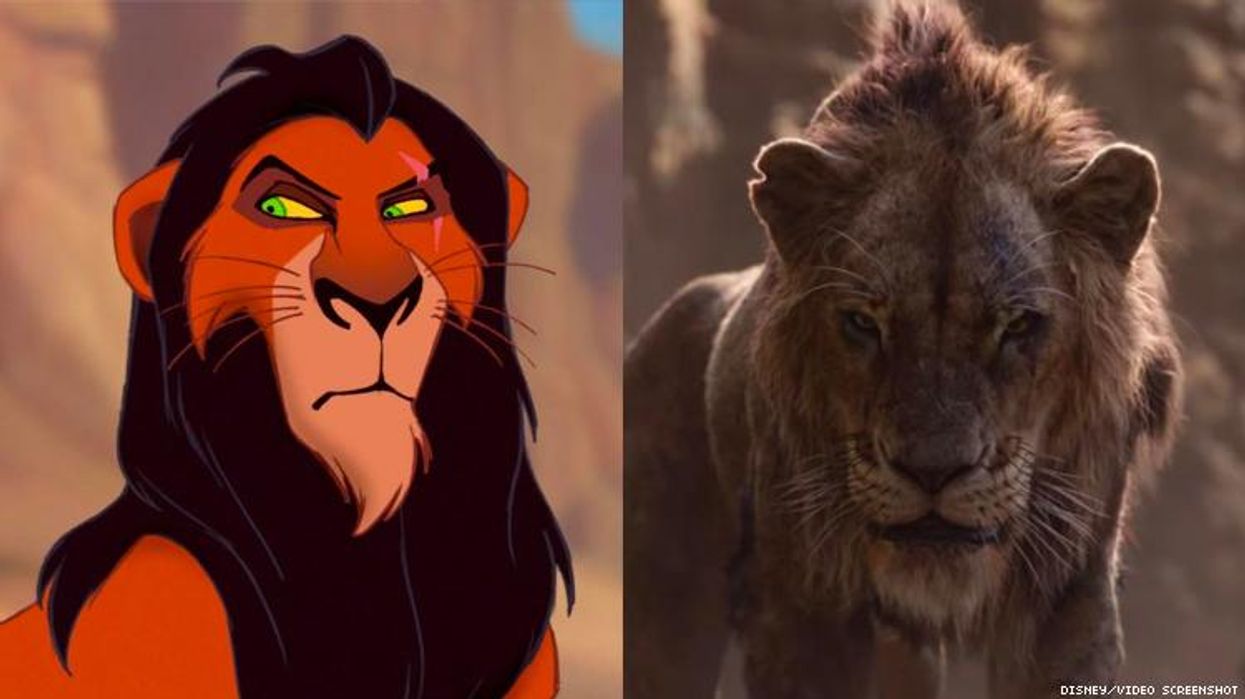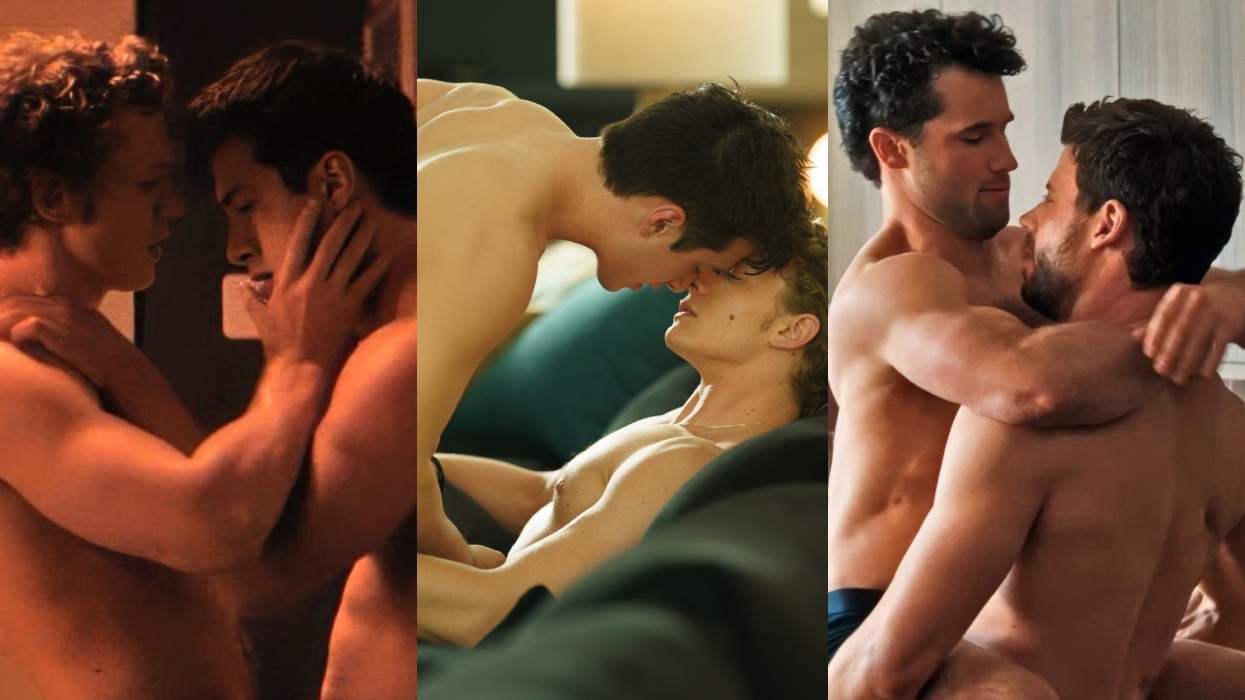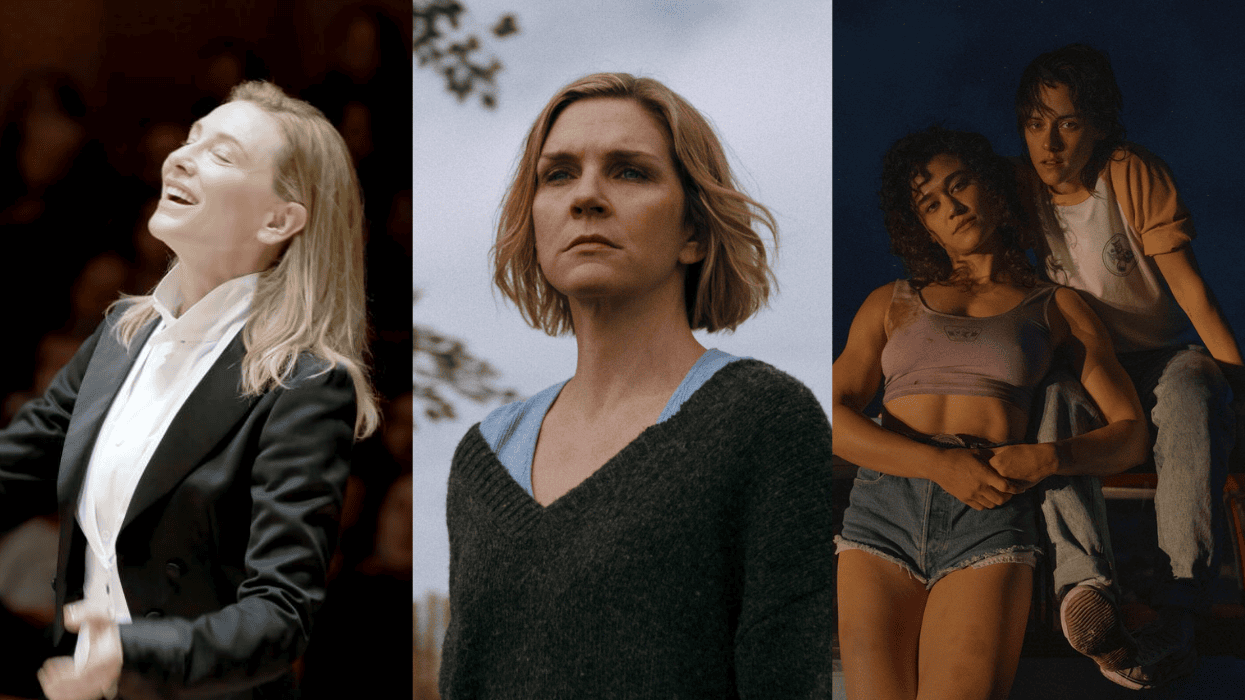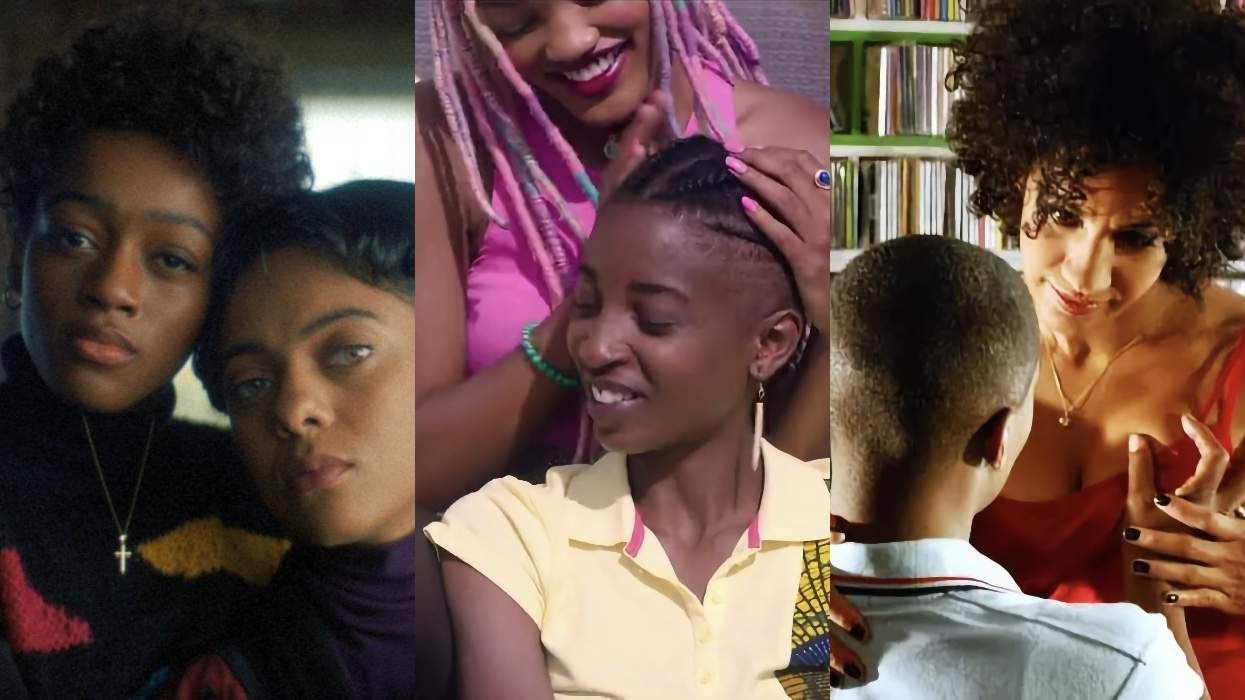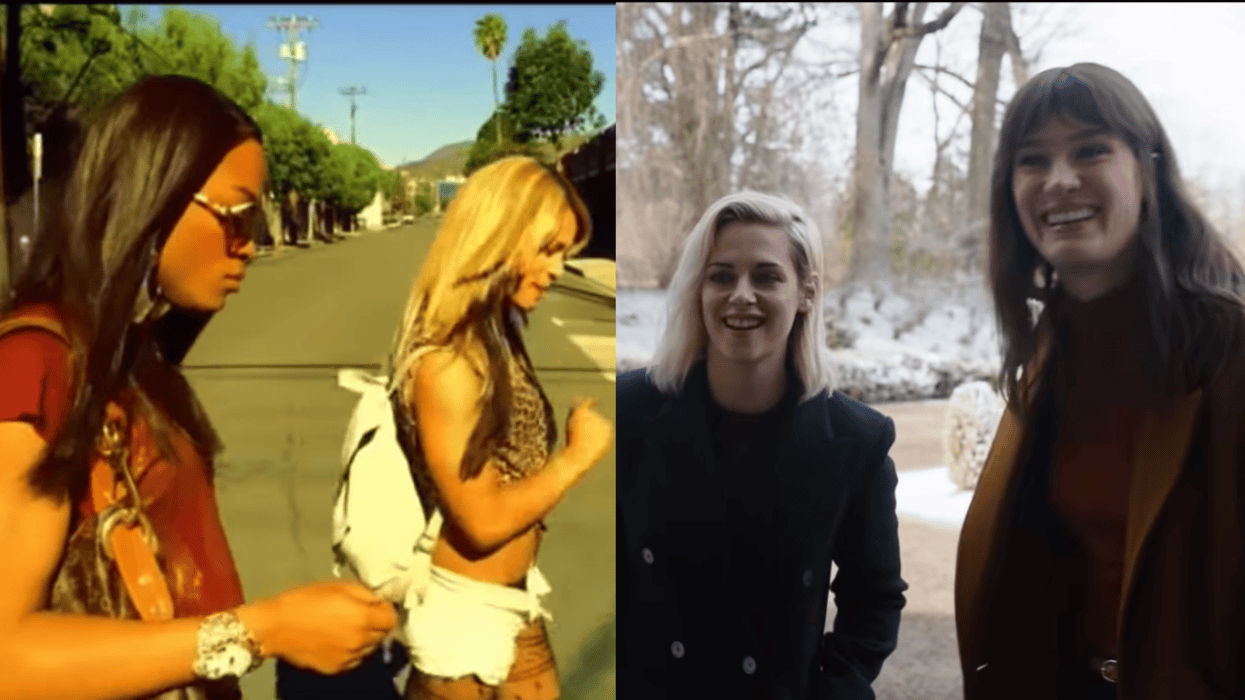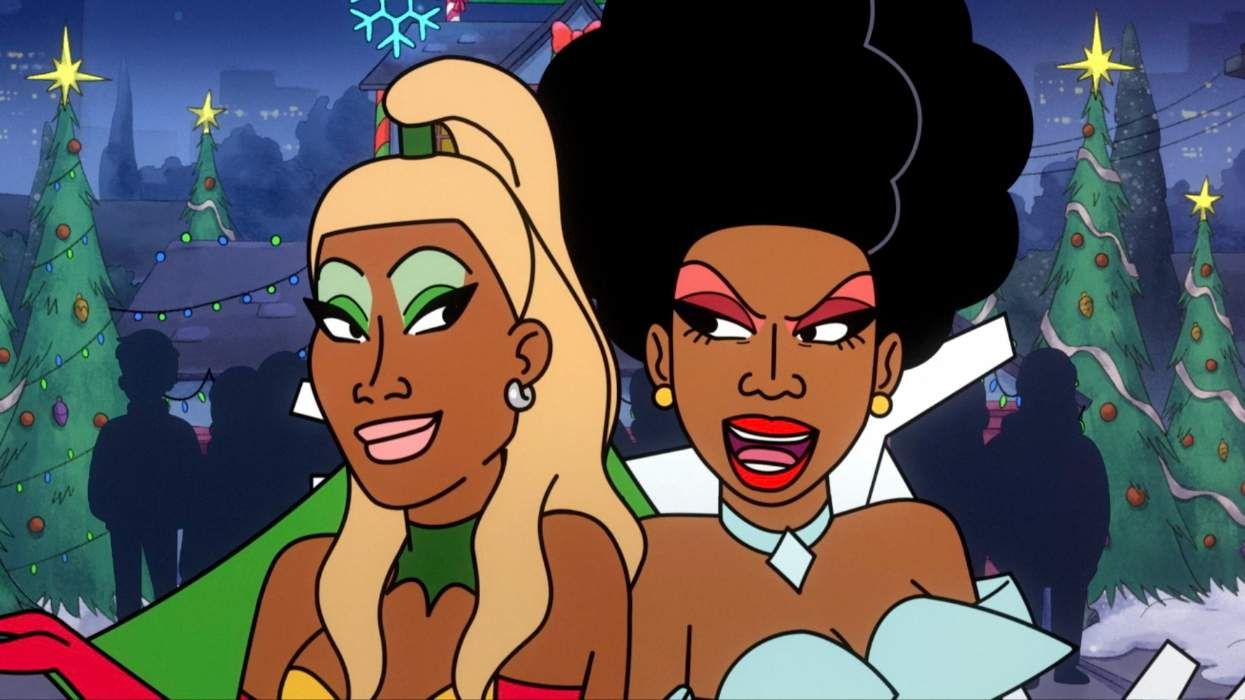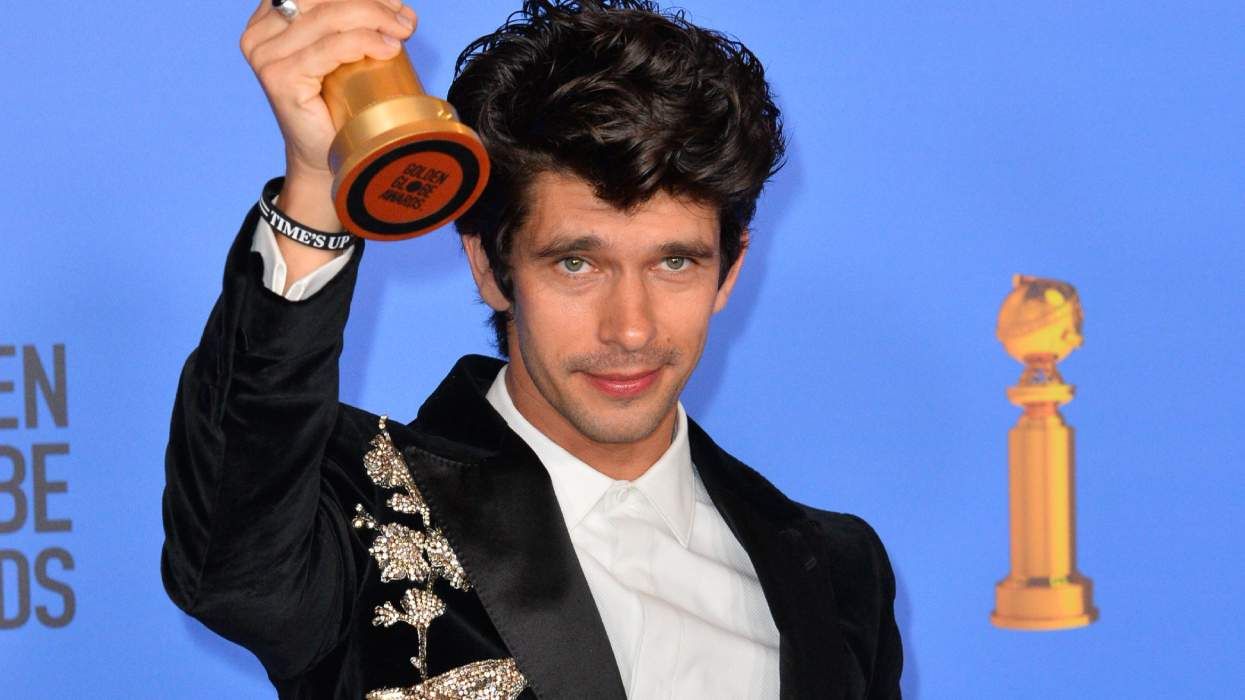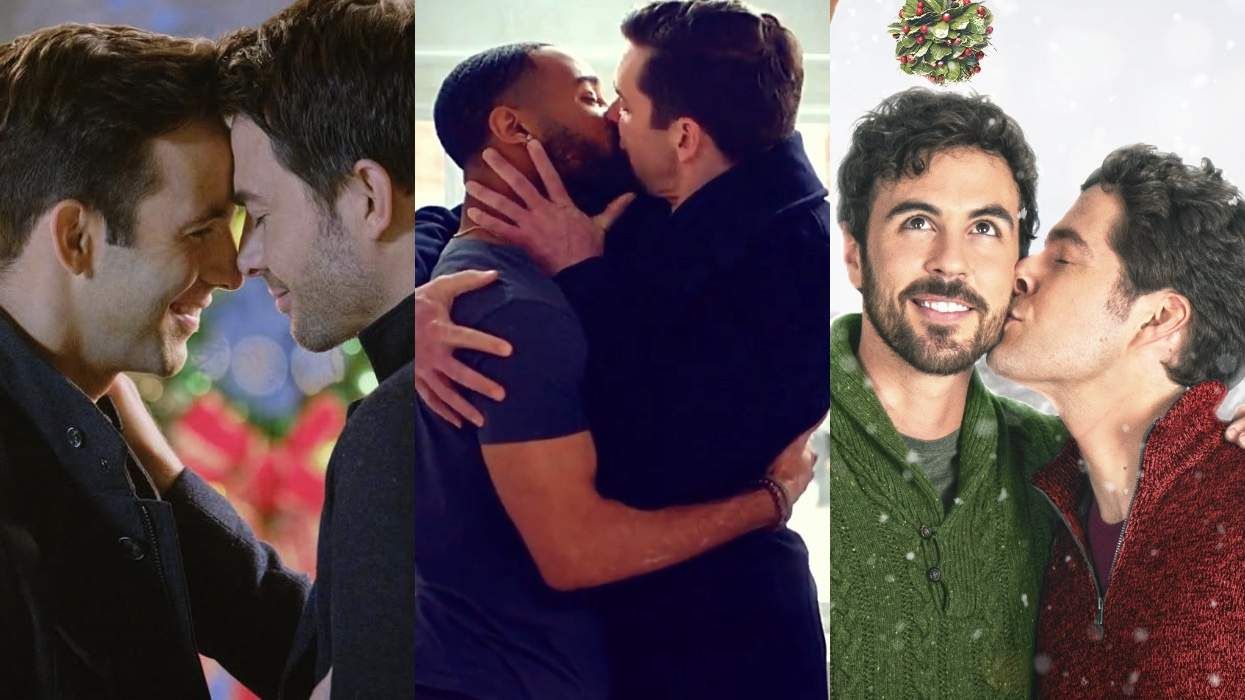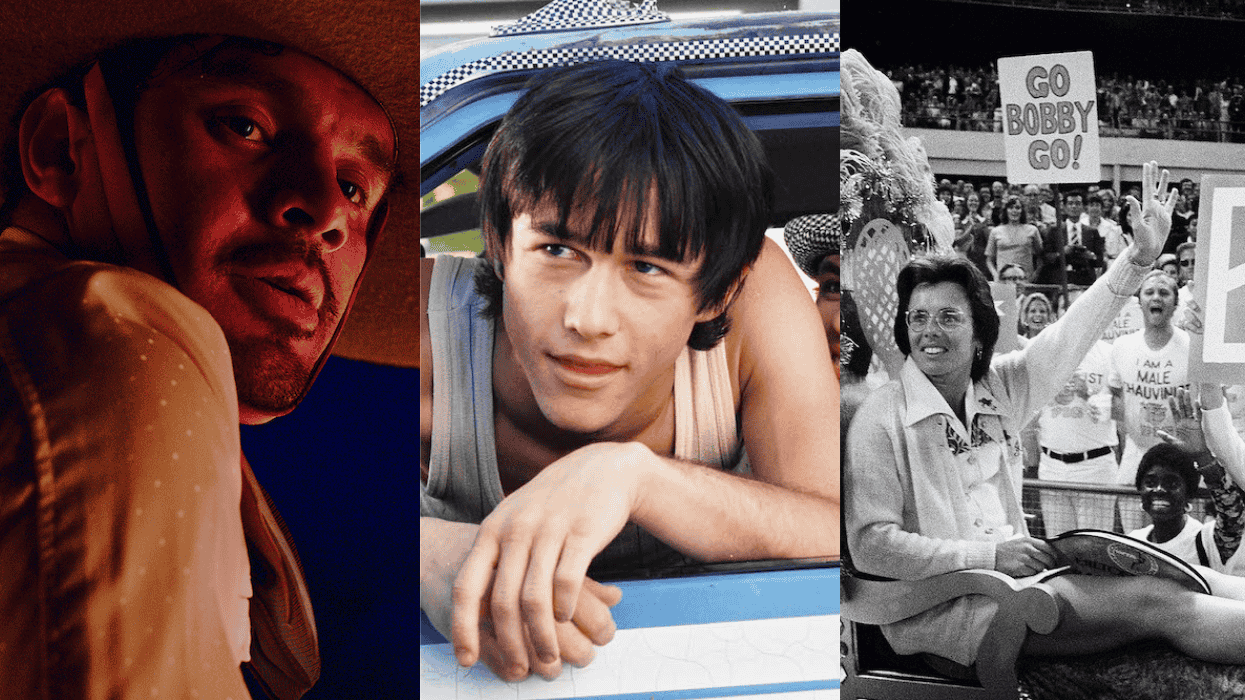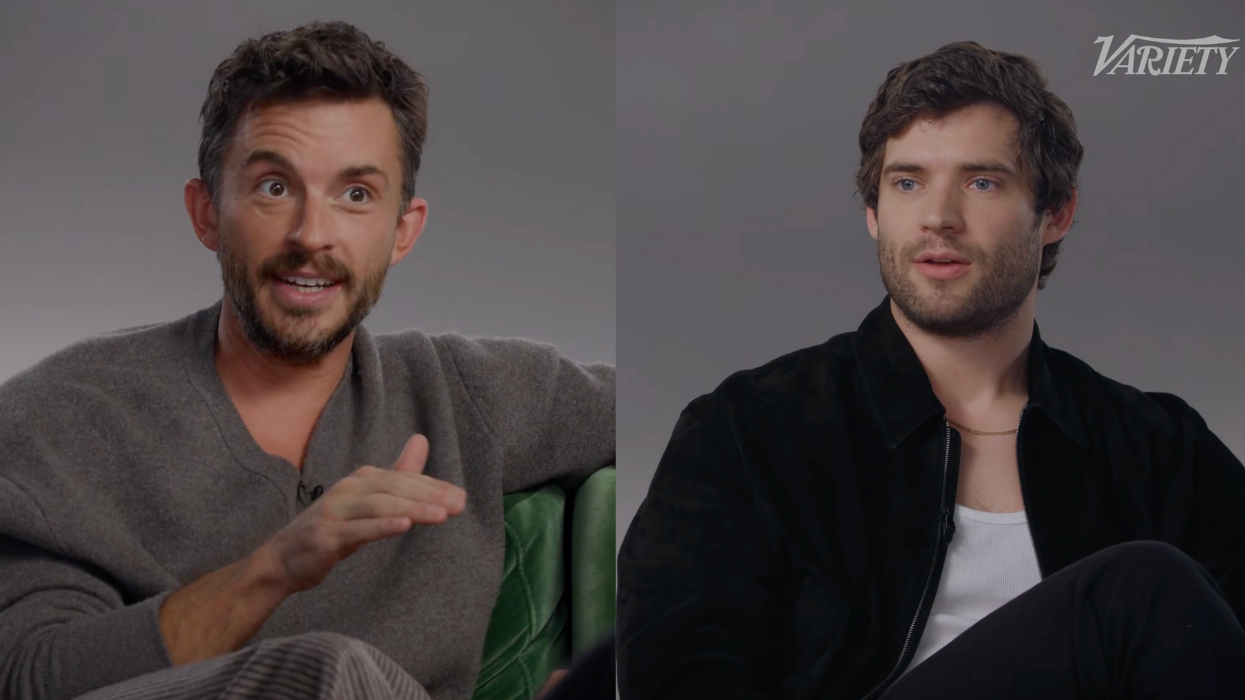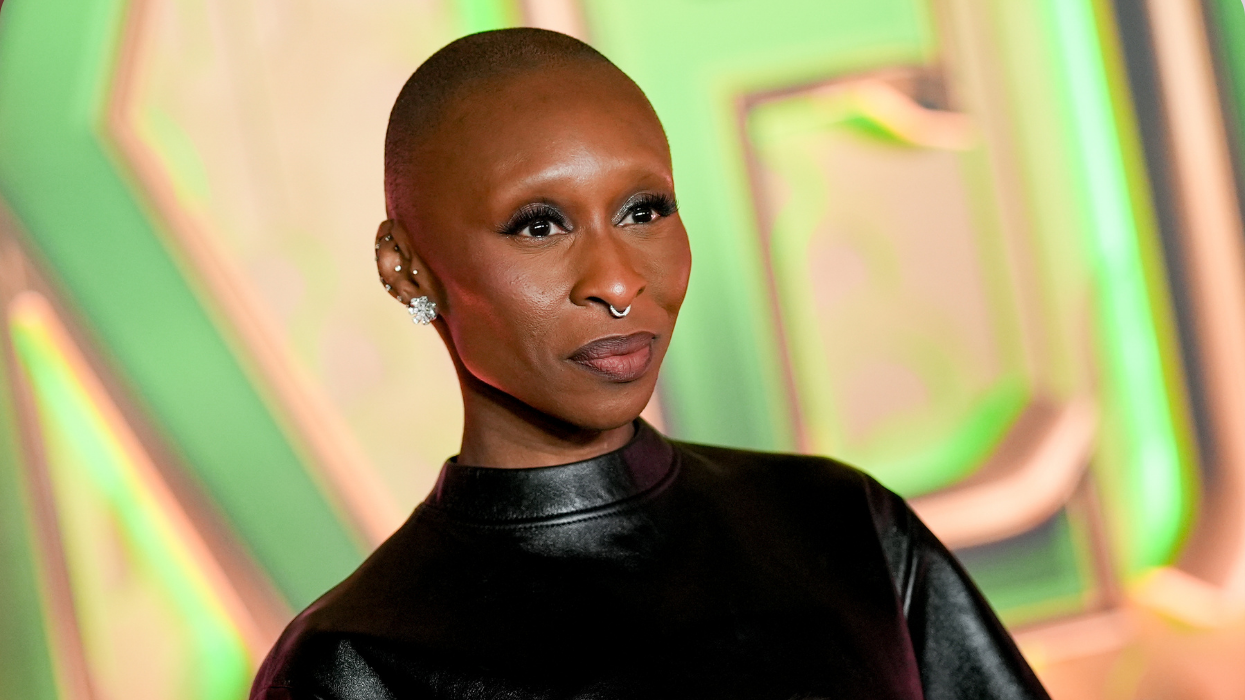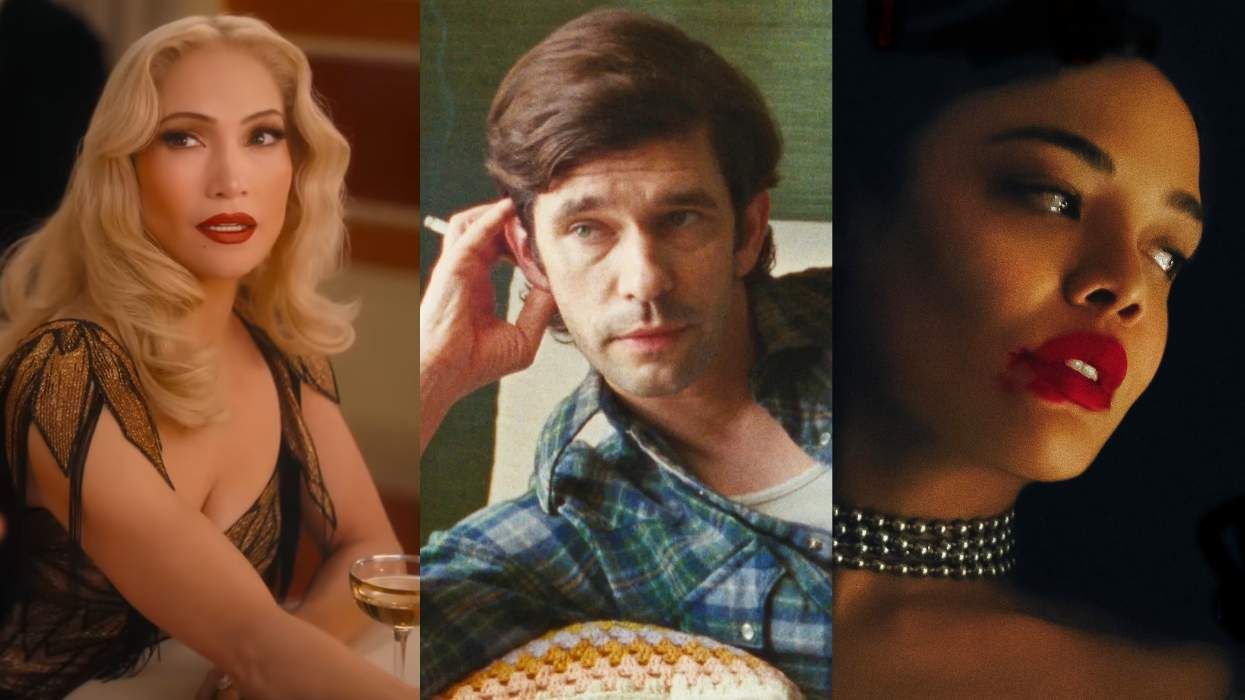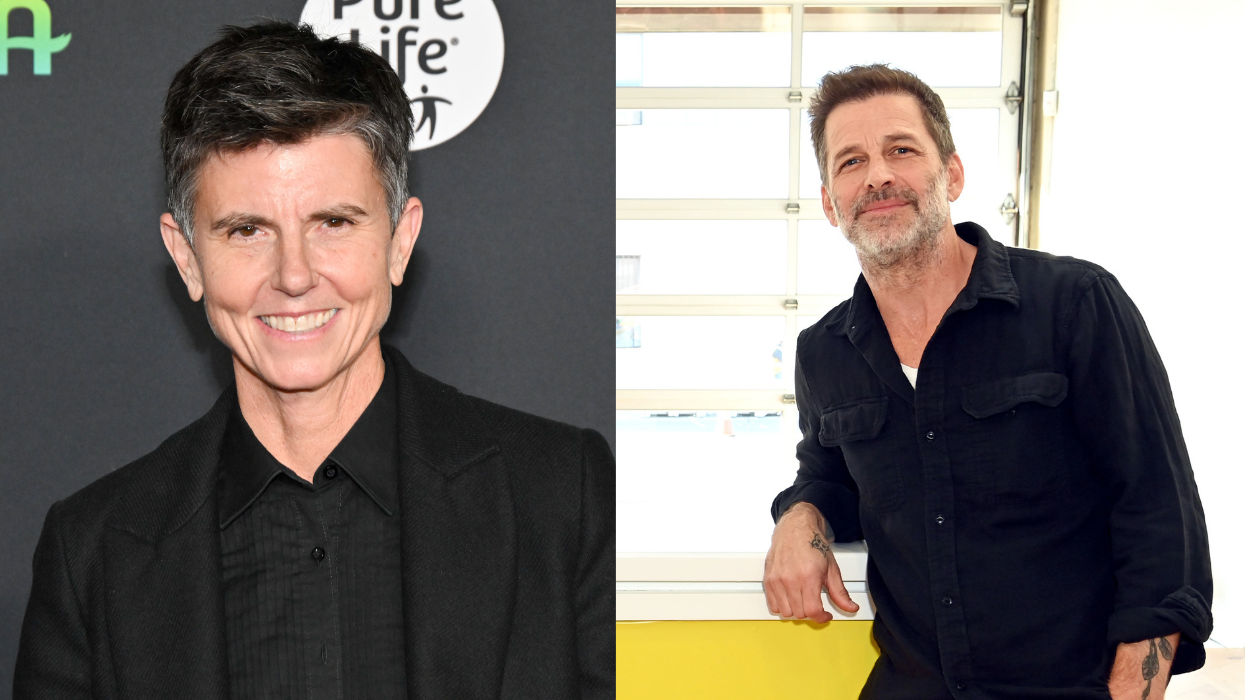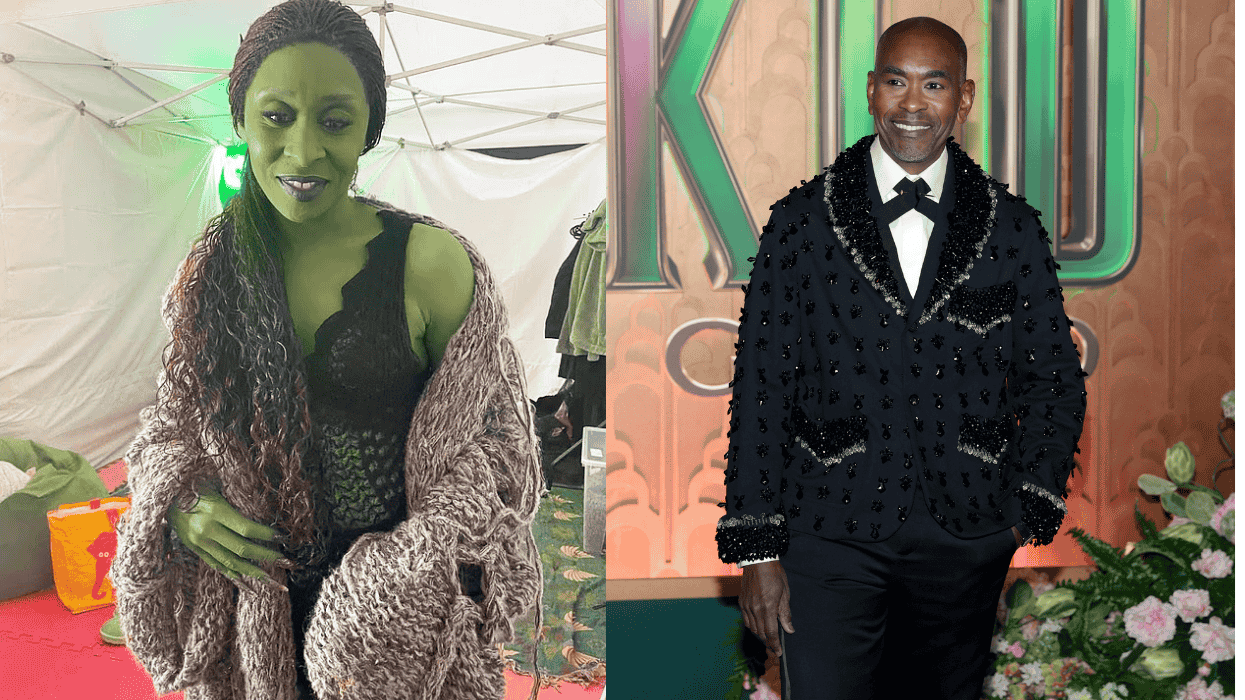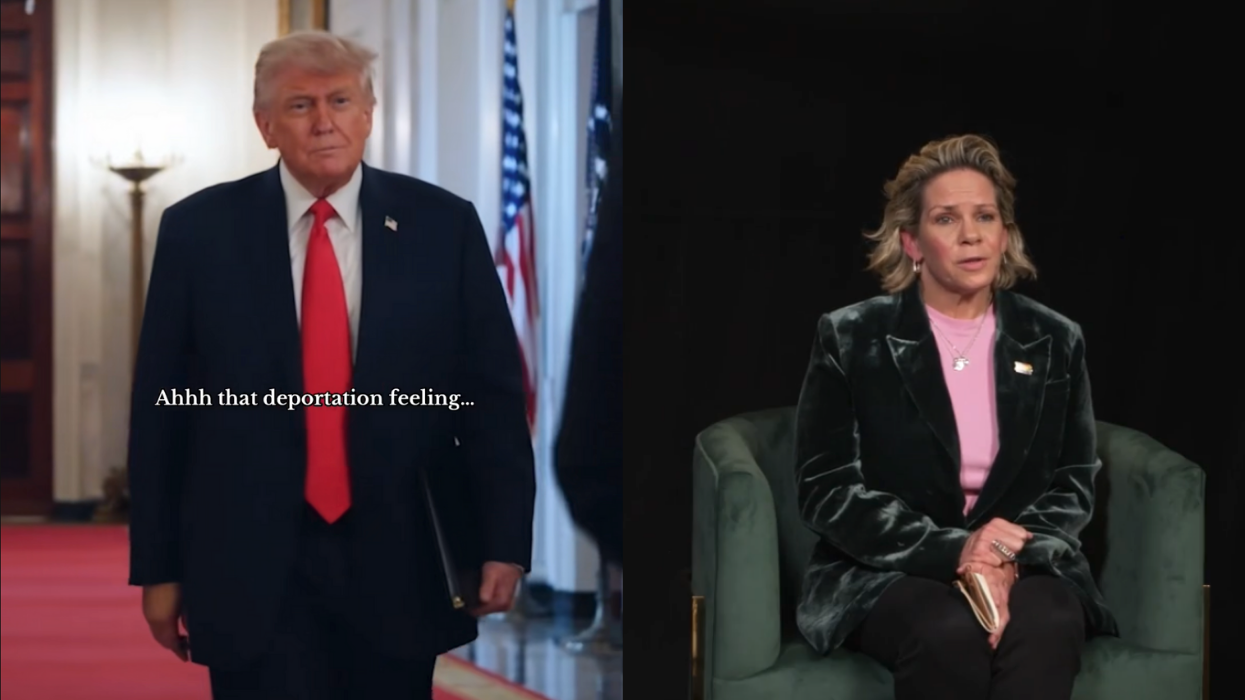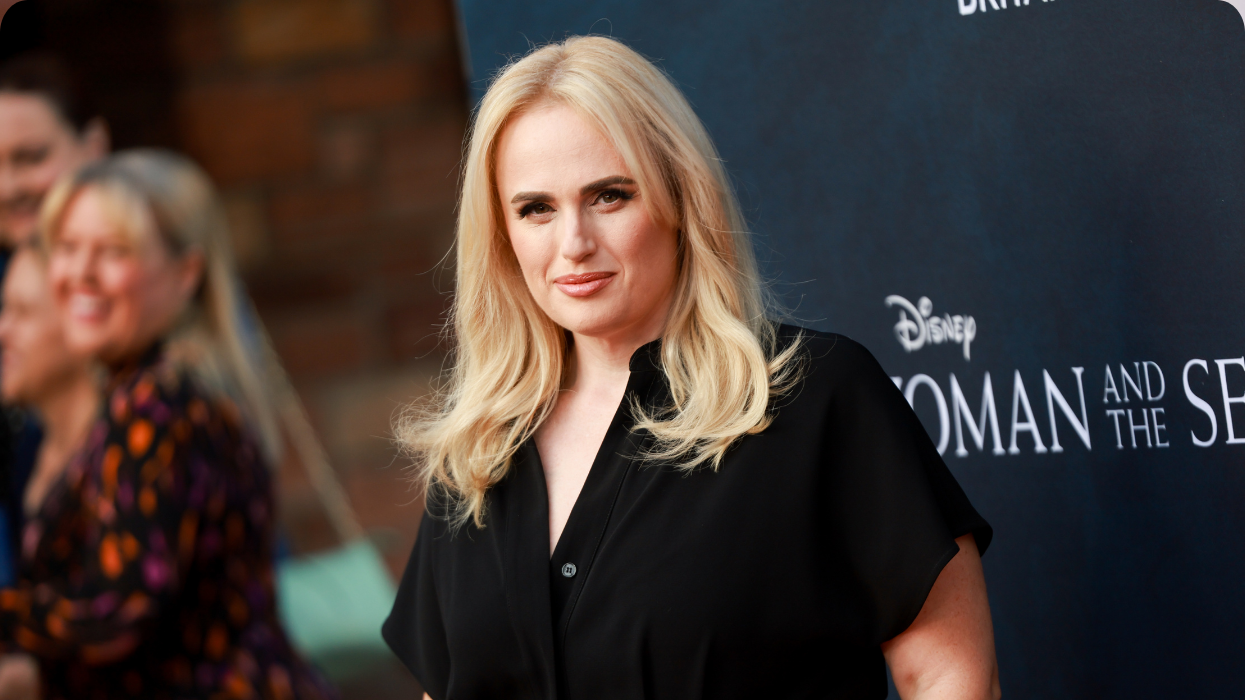Be prepared ... for some discourse.
When The Lion King trailer debuted, there were two noticeable aspects: a distinct lack of Beyonce as Nala and an overhauled look for Scar, the film's iconic villain, who also happens to be the uncle to main character Simba and the brother of Simba's (spoiler alert) dead dad, Mufasa.
As Complex reports, a controversy ensued online about Scar's new look, which was markedly different than the darker-furred and black-maned creation in the original animated classic.
\u201cJust compare the designs here.\nOG Scar: evil and pompous as hell\nremake Scar: a ratty looking lion I guess\u201d— Spiral Into Madness Rob (@Spiral Into Madness Rob) 1554900167
\u201cLook at this shit\u201d— Zito (@Zito) 1554908438
But there might be something to celebrate about this new Scar design and to understand why, you have to dive a little deeper into who Scar is and the history of Disney villains.
Though never explicitly referenced as queer, many people understand Scar as queer coded due to his effeminate mannerisms, slender figure and exaggerated facial features. He's also a trickster, another hallmark of queer villains like Marvel's Loki. Disney has a penchant for making their villains queer or queer-adjacent. Ursula is modeled after famous drag queen Divine. Aladdin's Jafar is high femme and Yzma is a walking drag queen caricature.
The new Scar, as presented in the remake, lacks the animated affectations sported by the character's animated counterpart and looks much more like the other lions, albeit a little more raggedy.
Myles Johnson, a Black queer writer, opined about what Scar's new look might mean for the historical ways that villains are presented. Not only do villains tend to be coded as queer, very often in media, especially video games, "evil" characters tend to have darker skin as opposed to the fairer-skinned heroes.
"I'm relieved that "The Lion King" put down the trope of using performed femininity and darkness as a way to visually communicate evil," Johnson wrote. "It's small, but the representations we consume can communicate a lot and Disney has been a notorious culprit of this."
Aside from the cultural ramifications of the change, at least one group of people is happy to see Scar's altered palette: scientists.
"This Scar is a more biologically accurate representation," one researcher tweeted. "Mufasa is the dominant male in the pride. The darker the mane, the more aggressive and dominant the males. They're also siblings so polymorphically dark manes just don't make sense."
Adding an even greater complication to the Scar situation is that queer people seem to have changed their relationship to villainy in the past few years. While queer villainy might have been seen as a negative stereotype in the past, some villains have definitely been reclaimed as misunderstood or downright adorable by the internet. Just take a look at how readily the internet embraced movie monster The Babadook as its biggest icon of 2017. The next year, Pennywise became a gay icon and began dating the Babadook (at least, according to some online fan fiction.)
As one writer wrote for INTO, Scar's quasi-socialist motivation in The Lion King is rather laudable, even though he did off his brother.
"Scar is a selfish character, but his "revolution" promises empowerment to the most marginalized groups, redistributing Pride Rock's wealth to the creatures which inhabit the 'shadowy place,'" the author wrote.
So, while Scar's new look may just seem like a cosmetic change, it could be a much different form of representation for a new generation of Lion King fans. Whether it's positive or negative all depends on how you view villains and their agendas.


